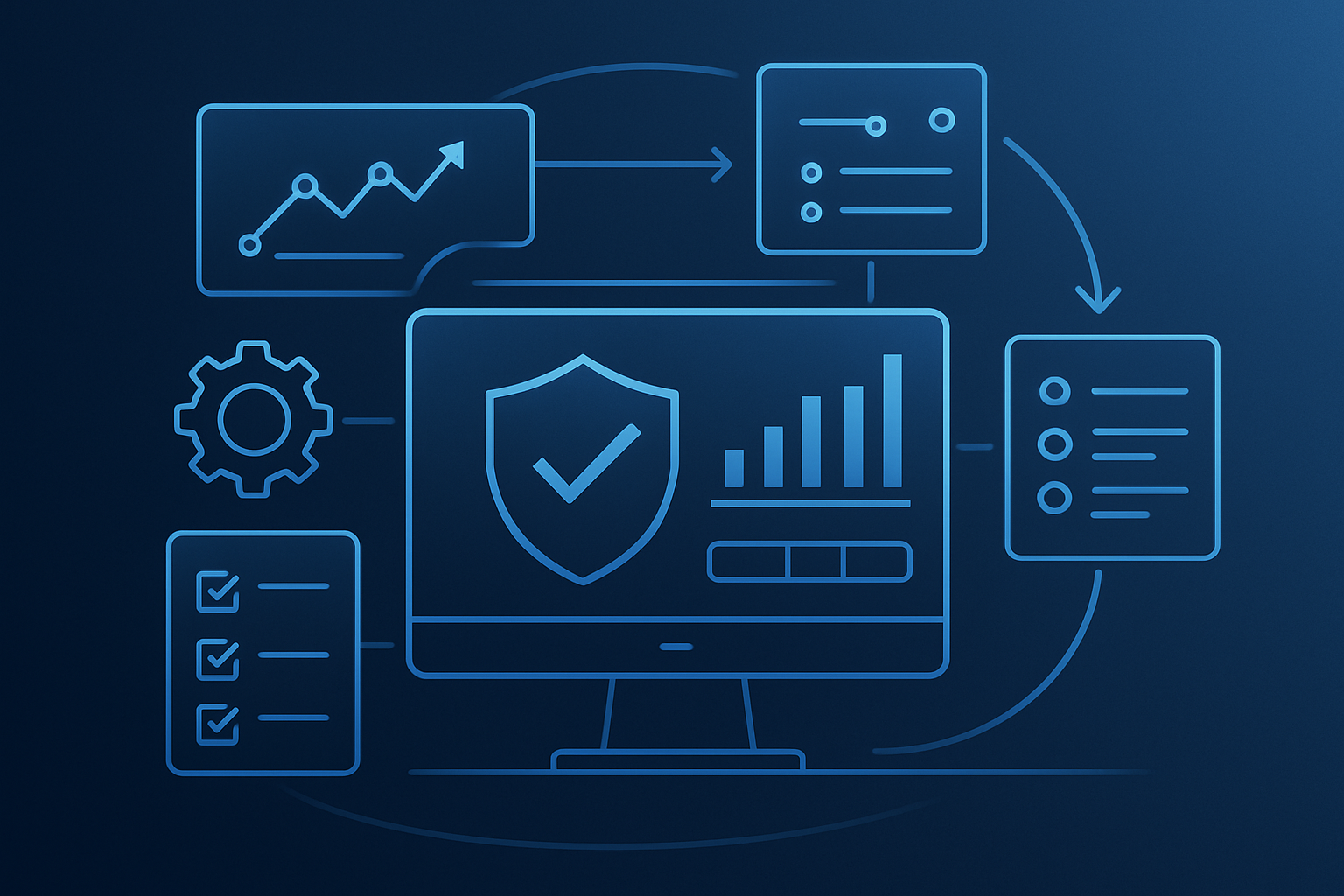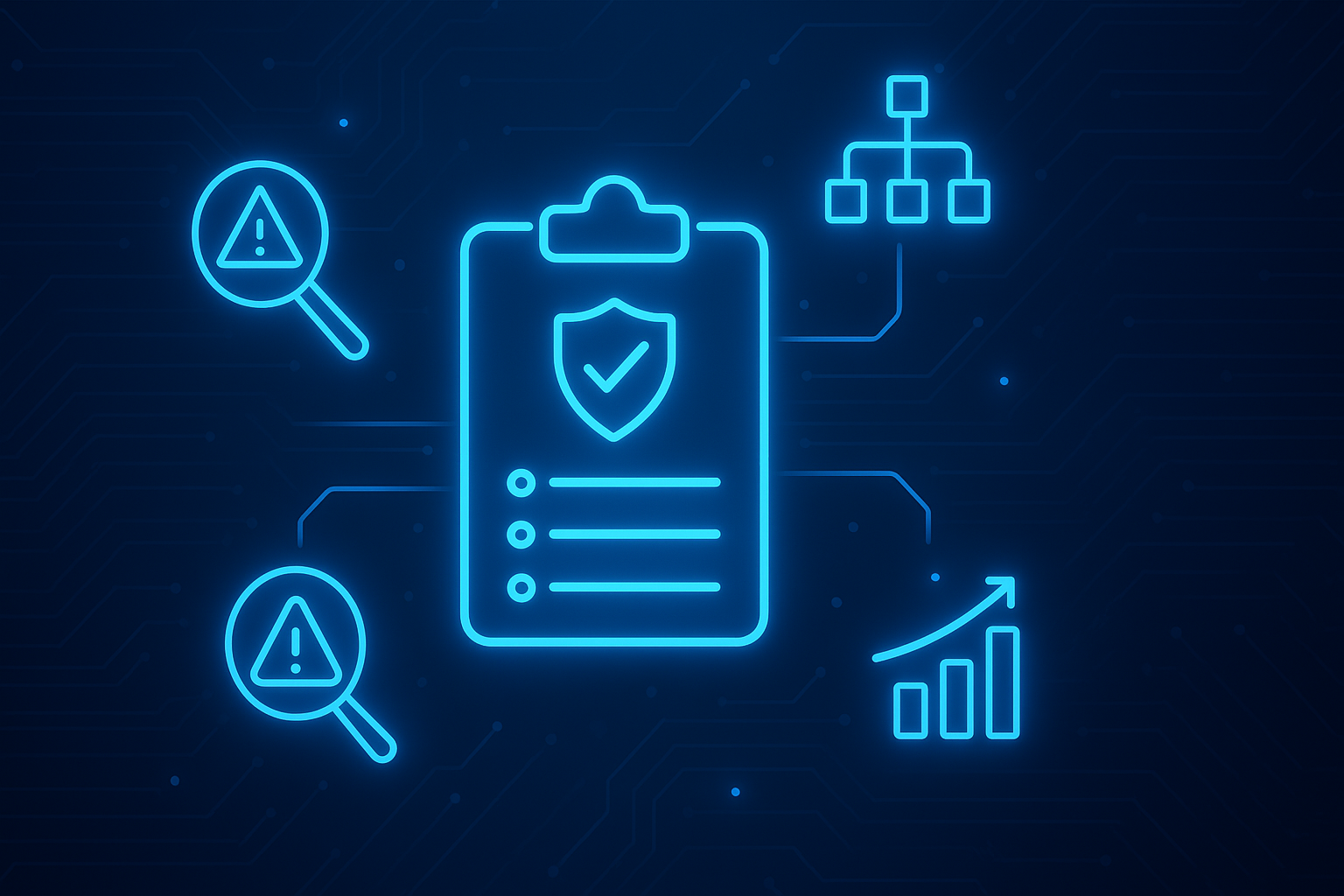Financial institutions are beholden to one of the widest arrays of cybersecurity regulations in business today. Especially for organizations operating globally, ensuring that the organization meets the myriad compliance requirements is taxing on a security team, on top of ensuring the organization itself is secure. A solution that many members of the financial services cybersecurity community seek is harmonization across multiple frameworks. Here we will dive into some of the gold-standard frameworks and banking cybersecurity regulations that help organizations meet their requirements while reducing duplicated efforts.
How We Got Here
Before we examine the frameworks, let’s examine how we as a community got to this point - where compliance teams are inundated with a host of standards they must meet. The answer lies in the driving principles for standards in the first place.
The financial services industry has been leading the charge on cybersecurity since the creation of the Chief Information Security Officer (CISO) title in the late 1980s. As organizations began to operate online more and more, banks and other organizations had to ensure that this new frontier was secure from cyber threats and data breaches. Governments and regulatory bodies became involved as the internet became ingrained in society and culture to protect their constituents, and the first regulations around cybersecurity compliance were born. This process was repeated as more countries came online and as financial services institutions began to expand into new services - sometimes entering a new space that had its own regulations and standards.
Each time these new standards were created, they were not written to be transferable. Meaning, that cyber security regulations were not written such that large organizations operating in countries and industries could recognize a similar language across regulations and standards. For smaller financial services companies, this was never an issue as they may be responsible for meeting one, two, or at the most, three regulations. However, for a global institution, the host of regulations and internal controls that they must comply with is a harrowing concept for even the most robust compliance team. The result is an amalgam of many regulations, all with the intent of meeting basic security standards, and yet all with varying language.
The Solution to the Plethora of Standards: Harmonization
Long seen as a mirage on the horizon for many risk and compliance leaders in the financial services space, harmonization across frameworks is the process of collecting assessment data once and projecting that data across all the frameworks the organization has to meet. The result is a vast amount of time and effort saved as this avoids the necessary process of meeting each standard individually. There are a select few frameworks that have emerged as essential to harmonizing a risk management and compliance program within a financial services institution, the most notable being the Financial Services Sector Cybersecurity Profile.
The FSSCC: The Rosetta Stone for FinServ Risk and Compliance
Heralded as a more defined embodiment of the NIST CSF for financial services organizations by NIST itself, the FSSCC Profile is the core for financial services organizations to harmonize the ever-growing list of regulations they face to continue operations. Managing cyber risk is paramount to many of the most common regulations financial service organizations face. The FSSCC profile enables organizations to focus their effort on a singular risk assessment that enables a streamlined approach to risk management without conducting the same assessment multiple times for different regulations. Furthermore, by assessing against the profile - organizations can meet the core control requirements demanded by many regulations and focus their efforts on the unique control requirements that deviate from the norm on a case-by-case basis.
Many C-Suites and Boards of Directors prioritize cybersecurity as a business concern and practitioners can expect institutions to seek solutions that continuously track, harmonize and automate their compliance practices over time. Using an integrated risk management program like CyberStrong can empower your organization to track not only FFIEC but other gold-standard cybersecurity frameworks alongside it. FFIEC was built upon the best practices of multiple frameworks, like the NIST CSF, COBIT, DFARS, and SOX to name a few, and using an integrated risk management solution can harmonize those frameworks by crosswalking and automating your compliance efforts as well as benchmark against your current risk profile. If you have any questions or want to discuss how CyberStrong or Integrated Risk Management benefits financial institutions, give us a call at 1-800-NIST CSF or click here to schedule a conversation.





.png)
.png)
.png)
%201.png)
.png)




